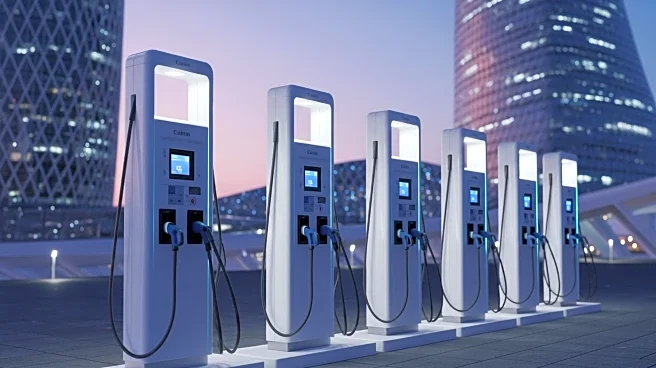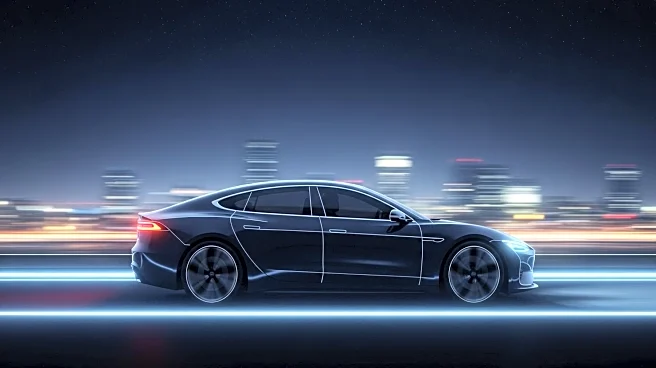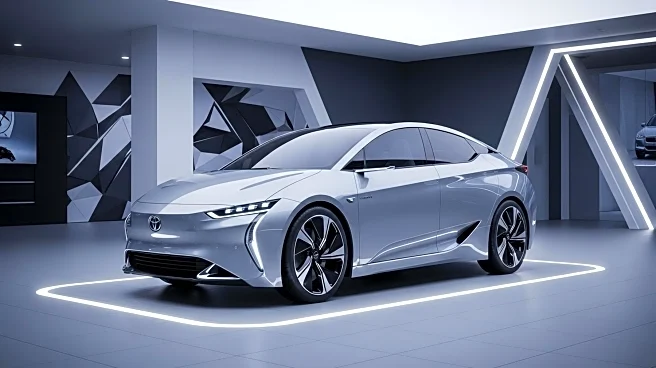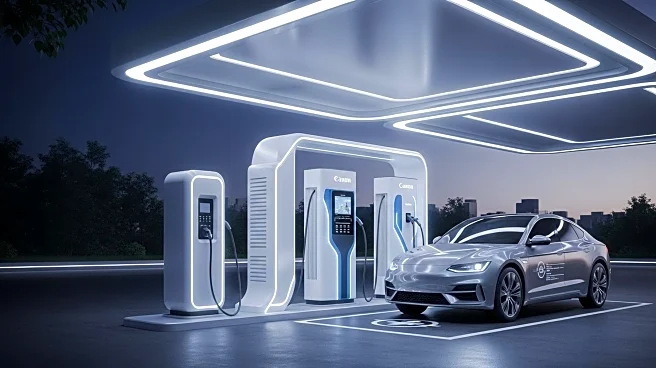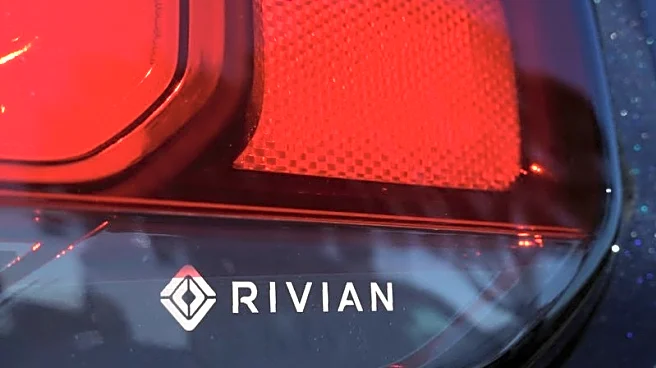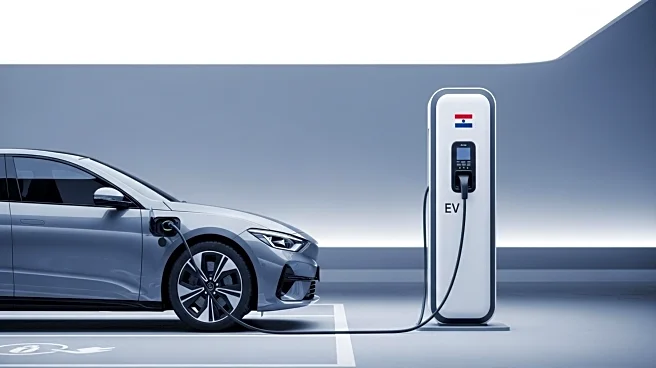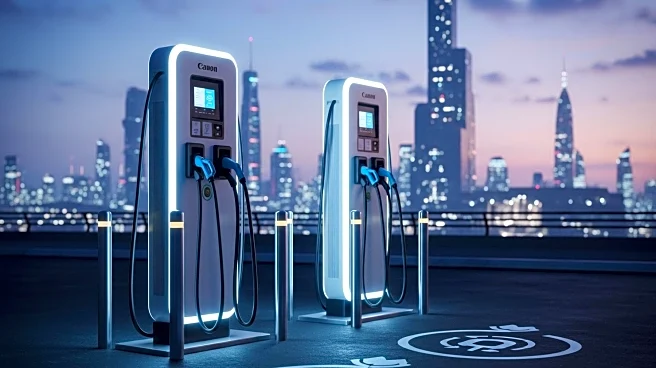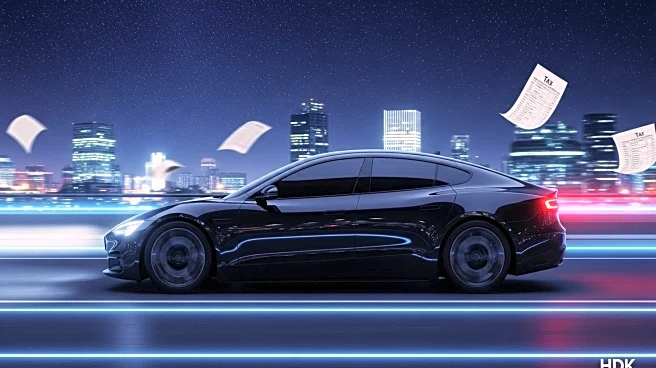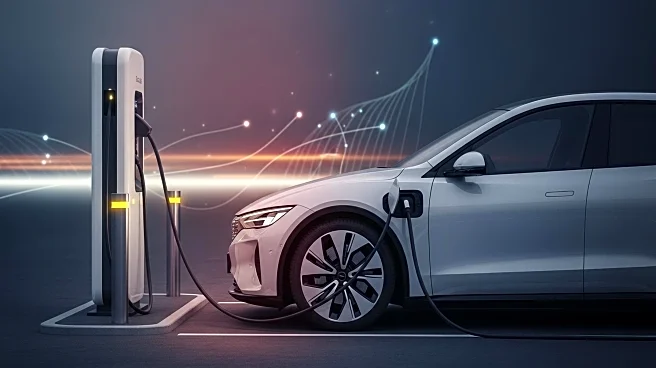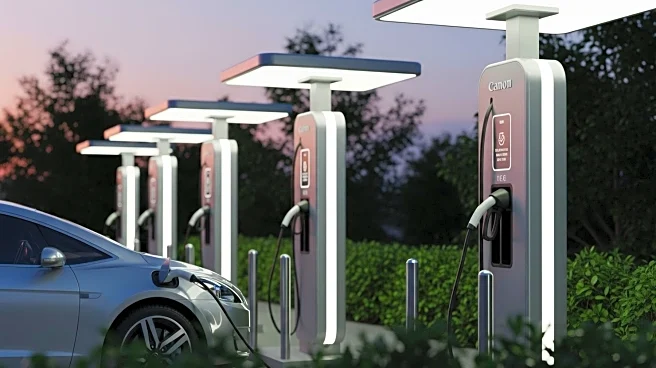What's Happening?
U.S. light-vehicle sales experienced a 5.5% increase in September 2025, according to a preliminary estimate from GlobalData. This growth capped a strong third quarter for the automotive industry. The increase in sales is attributed to several factors, including the expiration of the electric vehicle (EV) tax credit, which prompted consumers to make purchases before the credit's end. The third quarter's performance reflects a broader trend of recovery and growth in the automotive sector, despite challenges such as supply chain disruptions and changing regulatory landscapes.
Why It's Important?
The rise in light-vehicle sales is a positive indicator for the U.S. automotive industry, suggesting resilience and adaptability in the face of economic and regulatory challenges. The expiration of the EV tax credit played a significant role in boosting sales, highlighting the impact of government incentives on consumer behavior. This growth is crucial for automakers as they navigate a rapidly evolving market, with increasing emphasis on electric and hybrid vehicles. The sales increase also benefits related industries, such as manufacturing and retail, contributing to economic stability and job creation.
What's Next?
As the automotive industry continues to adapt to new regulations and consumer preferences, automakers may focus on expanding their EV offerings and improving supply chain resilience. The end of the EV tax credit could lead to shifts in consumer demand, prompting manufacturers to explore alternative incentives and marketing strategies. Additionally, the industry will likely monitor the impact of ongoing economic conditions, such as inflation and interest rates, on future sales performance. Stakeholders will be keen to see how these factors influence the industry's trajectory in the coming months.

